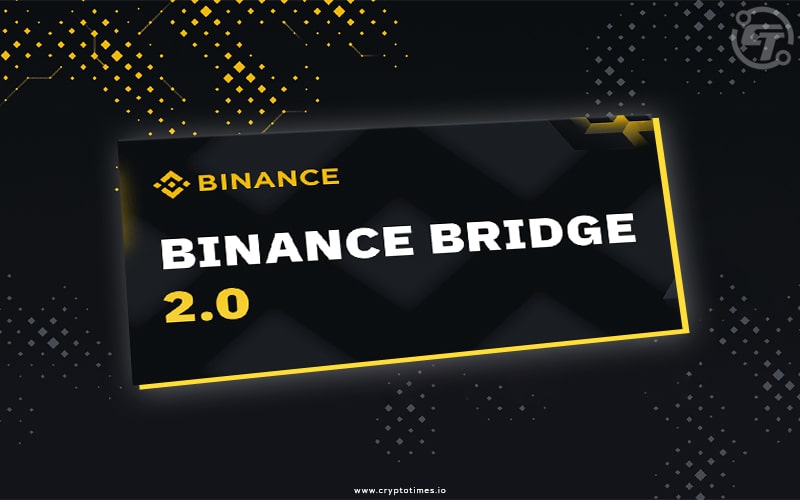Prominent centralized crypto exchange Binance revealed an updated Binance Bridge 2.0 that connects centralized finance with decentralized finance.
In the crypto world, ‘bridge’ refers to connecting two independent blockchains to make transactions between two different digital assets. With the development of different blockchains, it is essential to link them with a single entity for a better decentralized finance experience.
The bridge allows crypto holders to transfer any digital assets from the Ethereum blockchain to BNB Chain including non-listed tokens on Binance. However, non-listed bridged tokens will be transferred to the self-custody wallet only, while listed tokens will be stored in Funding as well as Spot wallet.
In order to add non-listed tokens to BNB Chain, the blockchain will wrap all tokens as BTokens that are not listed on the Binance application. BTokens are pegged on a 1:1 basis to the underlying asset. Also, users can transact between two blockchains directly from Binance accounts without creating third-party wallets.
Users can make in or out transfer tokens from their native blockchain to BNB Chain using regular deposit and withdrawal functions. The exchange also plans to develop an efficient version of its mobile app that will allow users to make easy conversions with a single click.
Mayur Kamat, Head of Product at Binance stated that “With Binance Bridge 2.0, we can make decentralized finance accessible to a larger audience worldwide while still providing the seamless user experience that centralized finance offers. We are already seeing this via the tremendous adoption of the PancakeSwap Mini-app.”
Along with the bridge, Binance also integrated an automated token circulation control system, which will prevent token inflation in the system.
The new integration will not maintain a surplus of pegged tokens apart from the buffer size needed in hot wallets. Instead, it will create additional tokens when users withdraw pegged tokens onto the BNB smart chain.
Binance also hinted about all token circulation that will be backed by the native token deposited by the users from the source blockchain. Users can swap their pegged tokens with original tokens by depositing pegged tokens on Binance. To avoid token inflation, the system will be swept by an excessive supply of tokens with the cold wallet, which will burn later.
The exchange also plans to integrate other blockchains and decentralized applications (dApps) in the upcoming time.
To get more updates about the DeFi world, Subscribe to The Crypto Times






